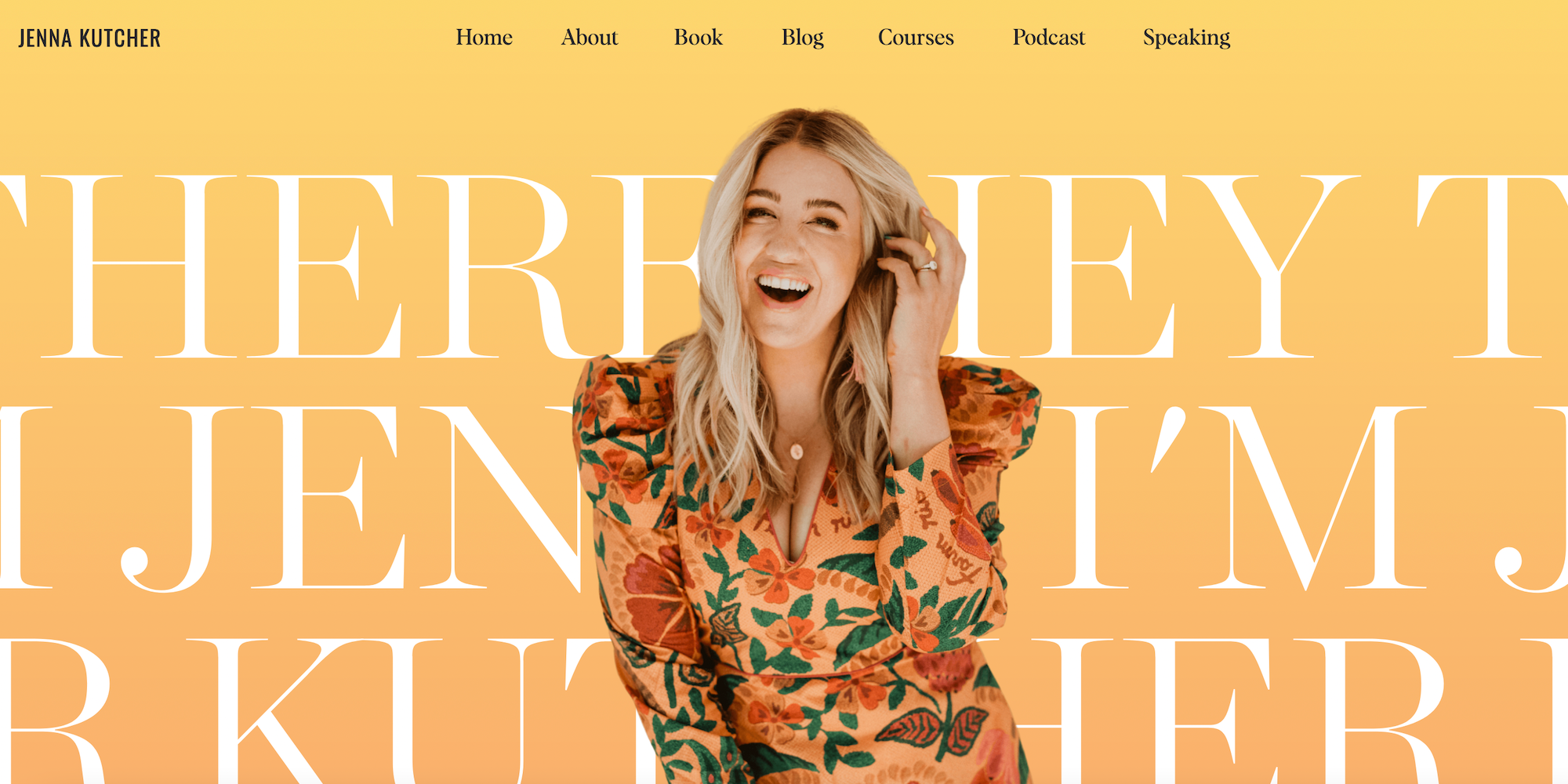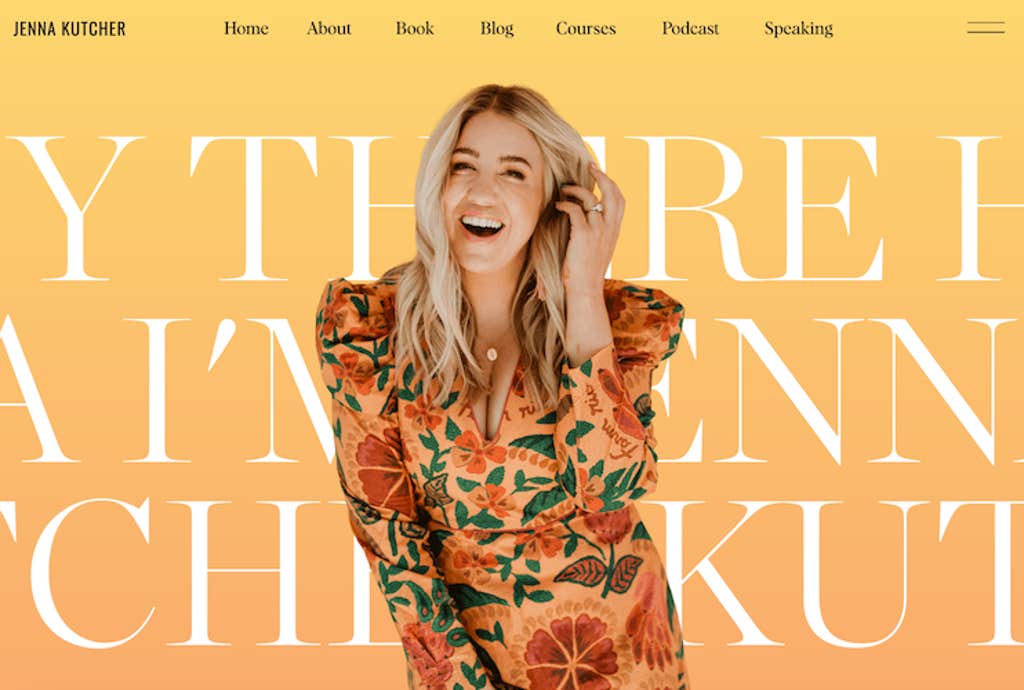
When I started as a content creator in 2016, I had one goal. I wanted to get as many followers as possible. I knew that if I could grow my audience on that platform, I could make money as an influencer. No one starts out understanding how to build a personal brand.
But after creating daily content and brainstorming different strategies, I realized I was making a big mistake. I was putting in the work but wasn’t building a strong personal brand for myself. I needed to set myself apart. So I started to study the creators who inspired me.
What is a personal brand?
A personal brand is how you define and promote who you are. It’s what makes you unique. You must consider what you stand for, what your expertise is, and what your voice adds. A strong personal brand gives your content organization and purpose as a creator.
But what makes a personal brand stand out is its consistency. Everything from content themes to visual design (colors, logos, filters, and more), and even how often you posts on each platform, matters. As I was working to build my brand, here were the steps I took that transformed how I approached being an online creator.
How to build a strong personal brand
1) Understand your audience

Although your personal brand is about you, it also involves your audience. This is a lesson I learned from Lauryn Bosstic. Bosstic is a content creator who has over one million Instagram followers. She began as a blogger and then built her brand on social media. As she grew, she made sure to stay connected with her followers by answering comments on her posts, checking her DMs, and building a Facebook group.
At one time, her Facebook group had over 60,000 members. She used it as a space to start conversations with her audience, get their feedback, and understand the topics they cared about the most. By doing this, not only did she create super fans but she was able to continue to align her personal brand with the people who cared about her content the most.
When determining the topics I wanted my personal brand to represent, I decided to tap into Bosstic’s approach. I created my own Facebook group, polled my audience on Instagram, and sent out a survey to my email subscribers to learn more about the content they wanted me to create.
2) Figure out your unique purpose

One way to build a strong personal brand is to have a unique purpose. Once you determine your purpose, it’s important to communicate it to your audience. That way they can determine whether or not they want to follow you and your brand.
Huda Kattan, a beauty and makeup influencer, makes her purpose known when you go to her Instagram page. Kattan’s bio lets readers know her unique purpose is to ditch photo editing and filters to create authentic content.
She also incorporates her quest for an unfiltered online world into her content, showing what looks are like without computers. This has helped her build an audience of like-minded people who are sick of filters. Kattan’s authenticity and dedication to reality make her relatable to her audience.
She inspired me to figure out my own purpose and communicate it to my audience. I’ve used my social media bios, on the captions I write for every post, and even when I’m speaking to my followers in a video to show my purpose.
3) Have a home base website you can control

A big part of creating an online personal brand is ensuring you have one location that tells your story. Social media platforms change in popularity all of the time. You might have a ton of followers on one platform, but what if that platform loses its prominence? All of those followers will need to know how to find you.
Jenna Kutcher, an online creator with a million Instagram followers, posts on various social media platforms and has a podcast. However, she also invested in a website where she shares her latest content, asks people to subscribe to her newsletter, and sells different products.
Having a website as a home base allows you to keep consistent contact with your audience, especially if they subscribe to your email newsletter. That way, you can communicate with them even if the social media platform they follow you on becomes obsolete or extinct.
A website also lets you tell more about your brand by sharing a long-form about me page, testimonials, or a personal blog.
4) Create personal brand assets

A fun part of having a personal brand is figuring out how you want to look online. Tinx, an Instagram and TikTok influencer, keeps her brand consistent with her logo and color scheme.
Instead of having a profile picture of herself, she uses a pink logo on Instagram. She also uses that pink color throughout her feed. She wears clothing in that color, uses it as a background for graphics, and often posts photos where the color is incorporated.
A consistent logo and color scheme allows your audience to remember your brand and recognize it when scrolling quickly in their feed. I created my brand assets for my personal brand using free online tools. My logo was built using templates on Canva and a color scheme using a tool that helps you figure out the shades to use.
These brand assets can be found on my website and on my social media feed as well.
Building a strong personal brand has many benefits. Not only can it help you figure out a focus for your content, but it helps your audience understand you even more.
If your online personal brand needs a pick-me-up, turn to your favorite creators. See what they are incorporating to make their own brand strong. Inspiration is a free tool, so use it. Don’t be afraid to learn from your favorite creators.




